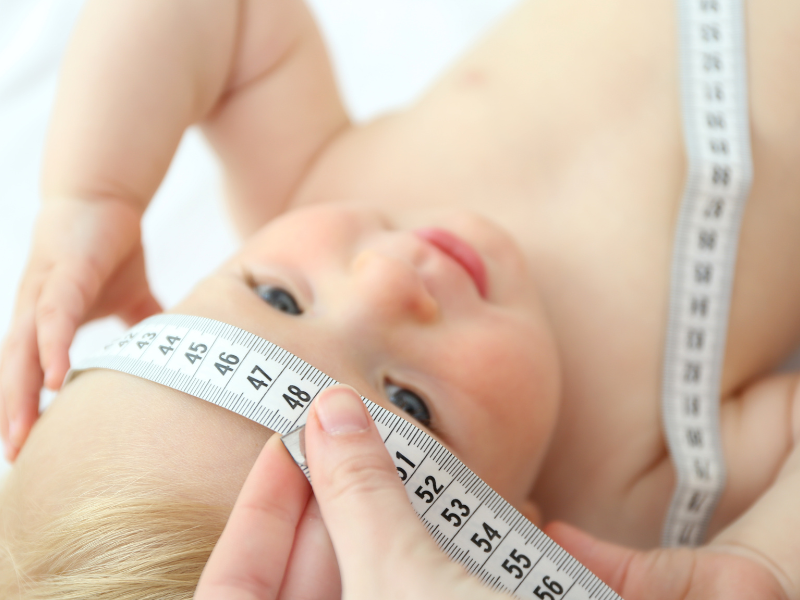In Croatia, a car seat is the only legally required piece of equipment for a child – starting from their very first car ride. If you plan to transport your child by car, even when using a taxi service, you must have an appropriate child car seat. If you don’t own a car, make sure to request a driver with a suitable child car seat when booking a transport service.
For newborns, only rear-facing car seats should be used. These provide essential protection by fully supporting the baby’s head, neck, and spine. In addition to this crucial feature, child safety also depends on the car seat being correctly installed in the vehicle and the baby being properly strapped into it.
How to choose a car seat for a newborn
Before purchasing or using a second-hand car seat, check the following:
• The car seat has a valid certification label (R44/04 or R129)
• The car seat includes a label with pictorial instructions for installation
• The car seat has all its original parts
• The car seat is within its usable life span (look for the manufacture date on the plastic shell; expiration info is in the manual)
• The seat has been tested in a car and can be installed correctly
• The seat has not been involved in a car accident.
Only a functional car seat, within its expiry date and not previously involved in a crash (if you are borrowing or getting a used car seat), will properly protect your child.
If you are unsure, the Roda Association can help you with all aspects except verifying whether the seat has been involved in a crash – that information must come from the previous owner. You can contact Roda by email.
Proper installation of a newborn car seat
A newborn must always ride in a rear-facing car seat, which should be installed as per the manufacturer’s instructions. However, some general rules always apply:
• The car seat must be installed at a 45° angle relative to the ground. After the baby reaches 6 months or gains full head and neck control, the angle can be increased to a maximum of 60°. This angle prevents the baby from being ejected in a crash while also ensuring their head doesn’t fall forward and obstruct breathing.
• The seat can be installed using one of two systems, depending on the vehicle and the seat:
○ 3-point seat belt system – the seat belt should pass through the blue guides on the seat and be tightly secured so the seat doesn’t move more than 2 cm side-to-side where the lap belt passes through, or
○ Isofix system – the connectors are latched into the hooks between the seat back and base, and either the top tether or support leg is properly installed, with all indicators showing green.
• The handle of the car seat should be positioned as instructed by the manufacturer for driving.
Correctly securing a baby in the car seat
When placing a baby into the car seat, make sure that the baby's bottom is positioned in the deepest part of the seat.
Then, lay the baby down so that their entire back is supported by the backrest, and the head is aligned with the spine.
The harness straps must not be twisted at any point and should be threaded through the slots at the level of the baby’s shoulders or just below them. Nothing should be added to the straps except the original padding provided with the seat.
Once the straps are connected at a single point and buckled into the crotch buckle, they must be tightened so that only one finger can fit between the strap and the baby’s collarbone — in other words, you should not be able to pinch the strap lengthwise.
When a baby outgrows the car seat
Baby’s legs extending beyond the edge of the seat or touching the backrest is not a sign they have outgrown the seat and does not pose a safety or comfort risk.
Instead, pay attention to the weight and height limits stated on the car seat.
A baby has outgrown the car seat if:
• They exceed the weight limit listed on the seat
• They exceed the height limit listed on the seat
• The shoulder straps come from slots that are too low relative to their shoulders
If your baby outgrows the rear-facing infant seat but does not yet meet the minimum requirements for forward-facing travel, you must find a larger rear-facing seat.
The three minimum conditions a child must meet before switching to a forward-facing seat are: 10 kg in weight, 15 months of age, and walking independently. However, since these are just minimums, it is recommended that the child continues to ride rear-facing as long as possible, in a suitable car seat.
If you own a car and a car seat, Roda’s child car seat advisors can show you how to install and use it correctly. Send a message to: autosjedalice@roda.hr.





 0
0

